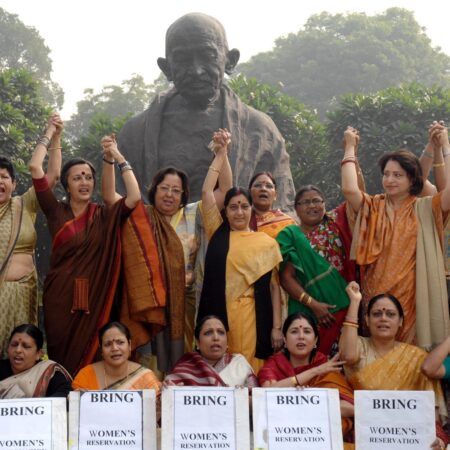
The Supreme Court voiced its disapproval of many lawsuits being brought on the same problem on Friday while hearing an appeal contesting elements of the National Commission for Minorities Act.
A bench chaired by Chief Justice of India UU Lalit said, “Parties read something in the papers and rush to the court.”
The petitioner’s attorney notified the court that a case very identical to this one was already ongoing; as a result, the present case should be tagged and considered concurrently with that issue, to which the bench was responding.
Supreme court rejected the request:
However, the Supreme court rejected the request and instructed the petitioner to submit an impeachment motion in the other case.
1.“Why are these issues surfacing now? Why are these cases filed every now and then? questioned Chief Justice Ravindra Bhat.
2. Why increase the difficulty if one is already present? The CJI enquired.
In response, the attorney stated that the parties in each instance are unique.
Justice Bhat said, “Parties read something in the papers and hurry to court.
The CJI refused the counsel’s request to tag this case with the issue currently before the court, stating that doing so would increase the length of the hearing.
Each petition means a different listing, therefore look at the workload the court is carrying, said Justice Bhat.
The bench, therefore, noted that the petitioner’s counsel requested and was given permission to bring an application for impleadment in the ongoing proceedings since cases addressing identical concerns are now being considered by the court.
The National Commission for Minorities Act of 1992’s Section 2(c) was challenged in the current petition as a violation of Articles 14, 15, 21, 29, and 30 of the Constitution.
SC Notification on Minority Community:
In addition, the government of India’s 1993 Notification on Minority Community, which designated Muslims, Christians, Sikhs, Buddhists, and Parsis as “minority” communities, was challenged in the case.
The non-declaration of Hindus as a minority in some states where they are a minority was another complaint raised by the petitioner. The petitioner claims that because they are not recognized as a “minority” at the district level, they are unable to create and manage educational institutions.
In order to ensure that only those religious and linguistic groups that are socially, economically, politically non-dominant, and numerically very inferior receive the benefits and protections guaranteed by the Constitution, further directives were sought for the government to define “minority” and lay down “guidelines for identification of minorities at the district level.“













